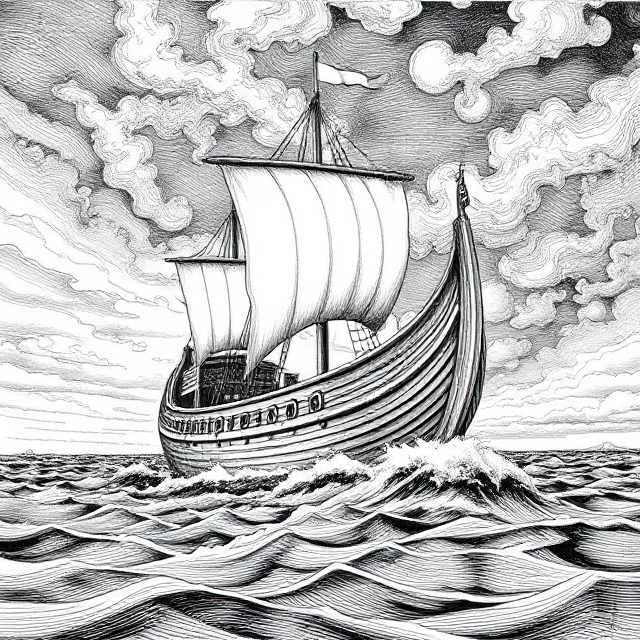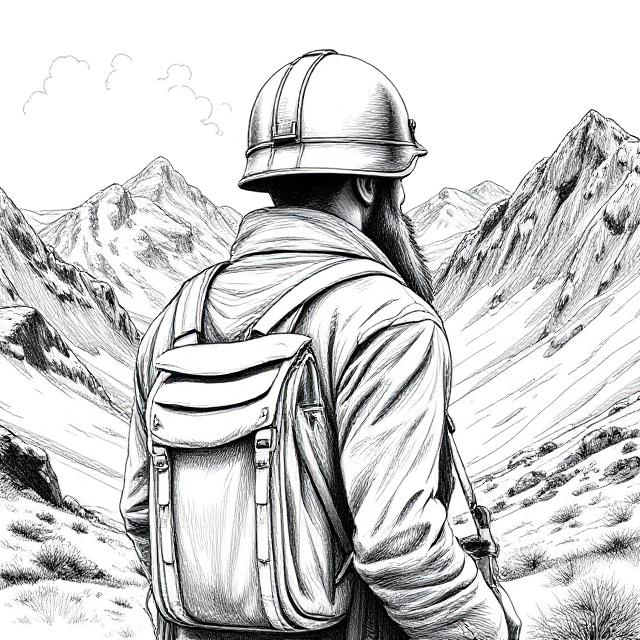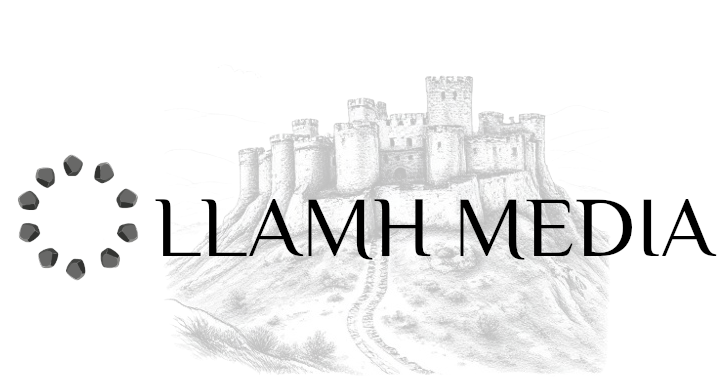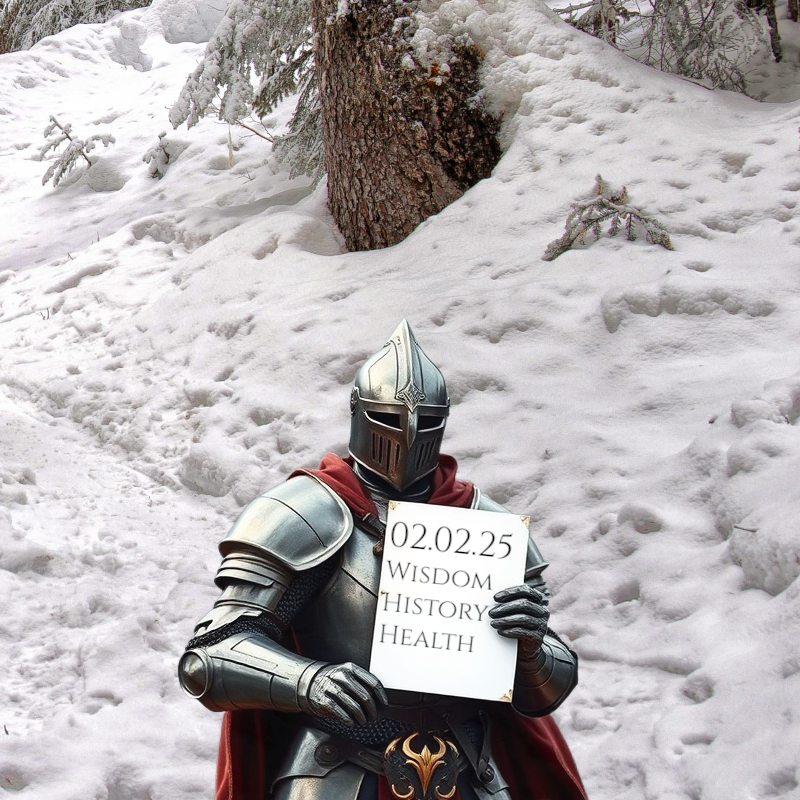In this week’s edition of Weekly Wisdom, History and Health, I will discuss the idea of a Nation of Tribes, The Western Tradition and the idea of Holistic Martial Arts.
The Nation State vs a Nation of Tribes
Nowadays, there is a collective mythos that unites what seems to be the world in its entirety. This mythos is that there exists in reality, ‘nation states’.
A Nation State
A nation-state is a political entity where a distinct cultural or ethnic group governs itself within defined territorial boundaries. However, due to immigration this description is no longer realistic. Philosophically, it derives from ideas of sovereignty (Bodin) and the social contract (Hobbes, Locke, Rousseau), which argue that people consent to governance for mutual benefit. Benedict Anderson described nations as “imagined communities,” existing because individuals collectively believe in their unity. Hegel saw the state as an embodiment of ethical life, but this presumes universal allegiance to abstract ideals. Empirically, the nation-state is unprovable, it depends on human constructs like borders, identity and governance. These ideas only exist as shared beliefs, not OBJECTIVE truths.
A Nation of Tribes
In the pre-modern world, the concept of nations was deeply rooted in the idea of tribes. Tribes were the fundamental social units, defined by kinship, shared language, culture and common ancestry. Unlike the modern nation-state, which depends on political boundaries and shared governance, tribal societies emphasised a more organic sense of belonging, built on familial and communal ties. These tribes often formed larger coalitions or alliances, which were seen as the earliest expressions of what might be called a “nation” in a loose sense. However, these were not nations as understood today, they were dynamic, fluid and often shaped by RELATIONSHIPS rather than fixed borders.
Objective Identity
This tribal foundation of human society aligns with an objective truth mentioned in the Qur’an.
“O mankind. We have created you from male and female and made you into nations and tribes that you may know one another. Verily, the most noble of you in the sight of Allah is the most righteous of you.”
Surah Al-Hujurat (49:13)
This verse highlights the divine purpose of human diversity, emphasising that tribal identities were created. The tribal basis of nations can be seen as an objective truth grounded in human history and divine wisdom. Tribes are observable and tangible, existing across cultures and epochs, making them a more enduring and empirical foundation for understanding human organisation than the abstract constructs of modern nation-states.
Your Tribe
The concept of belonging to a tribe is deeply rooted in human history and identity. Therefore, tribes functioned as the primary social unit in early societies, tribal identity was often passed down through the male line. For instance, women would marry into their husband’s tribe. Therefore, symbolically and practically transferring their allegiance and role within the community.
Modern genetics provides fascinating insights into this ancient system of belonging. The Y chromosome is passed exclusively from father to son. By analysing your Y haplogroup, you can discover the migratory patterns and historical roots of your ancestors.
You can learn a lot about yourself by studying your haplogroup. It is a large part of who you are and connects you to your history.
If you don’t know history, you don’t know anything. You are a leaf that doesn’t know it is part of a tree.
Michael Crichton

The Western Tradition
The “Western Tradition” refers to the cultural, intellectual and historical heritage that has evolved from civilisations in the western hemisphere. It encompasses a range of disciplines, such as philosophy, science, politics and art. The Western Tradition has provided the world with ideas of democracy, rationalism, human rights and individual freedom. Although these ideas are not absolutes and Western hegemony should not be assumed, it is nonetheless interesting. Philosophers such as Plato, Aristotle, Descartes, Locke and Kant shaped the framework of this tradition, emphasising reason, inquiry and ethics. Historically, it has been anchored in the narratives of progress, conquest, and the dissemination of knowledge across Europe and its colonies.
DNA
However, the concept of a unified “Western tradition” is not static. It is constantly changing. One fascinating dimension of its ongoing evolution is how the genetic revolution in science has contributed to shaping and strengthening this tradition. Advances in genetics, from genome sequencing to studies of human ancestry, have shed light on the deep roots of Western populations. Research into the genetic makeup of ancient peoples, such as the Indo-Europeans or neolithic civilisations, has reinforced the historical narratives of migration, innovation and cultural exchange.
Moreover, genetics is used to explore questions central to Western philosophical inquiry: Who are we? Where do we come from? Scientific discoveries tracing the movement and intermingling of populations align with the tradition’s fascination with origins and identity.
In this way, the Western tradition remains a living dialogue rooted in history and philosophy. Therefore, continually reshaped by modern discoveries that blend science with age-old questions of human meaning and belonging.

Holistic Martial Arts
Holistic martial arts is the concept of developing a martial artist into a complete warrior by integrating unarmed combat, armed combat, survival techniques and physical and mental conditioning. Therefore, this approach draws from both ancient and modern traditions, emphasising versatility and adaptability in all aspects of warfare and survival. A true martial artist is not just a fighter but a well-rounded individual capable of excelling in any situation, from close-quarters combat to surviving in hostile environments.
Combat & Survival
Unarmed combat, such as striking and grappling form the foundations of unarmed martial arts. These disciplines focus on self-defence and body control. Armed combat, ranging from knives and swords to modern firearms, requires precision, discipline and adaptability. Survival techniques such as navigation, foraging and camping are essential for sustaining oneself in austere environments. The holistic martial artist must possess proficiency in all of these areas. However, this holistic approach is incomplete without an understanding of nutrition and biohacking. Proper macro and micronutrient intake optimises energy and recovery. This understanding can be further complimented through techniques such as intermittent fasting, cold exposure and sleep hacking.
Historically, this well-rounded approach can be seen in the European Knights, who mastered combat with swords and unarmed techniques while also training in survival and strategy. Similarly, Spartan warriors combined martial training with physical conditioning and survival skills. In modern times, special forces units like the SAS and Navy SEALs exemplify holistic martial arts. These elite soldiers train rigorously in close-quarters combat, firearms and survival, while also adhering to strict nutritional and fitness regimens. Navy SEALs are known for their physical conditioning and resilience, while the SAS employs survival techniques honed in diverse terrains, from jungles to deserts.
By mastering unarmed and armed combat, honing survival skills and optimising physical and mental performance. A martial artist transcends mere technique, transforming into a versatile and self-reliant modern warrior, ready to face any challenge.


